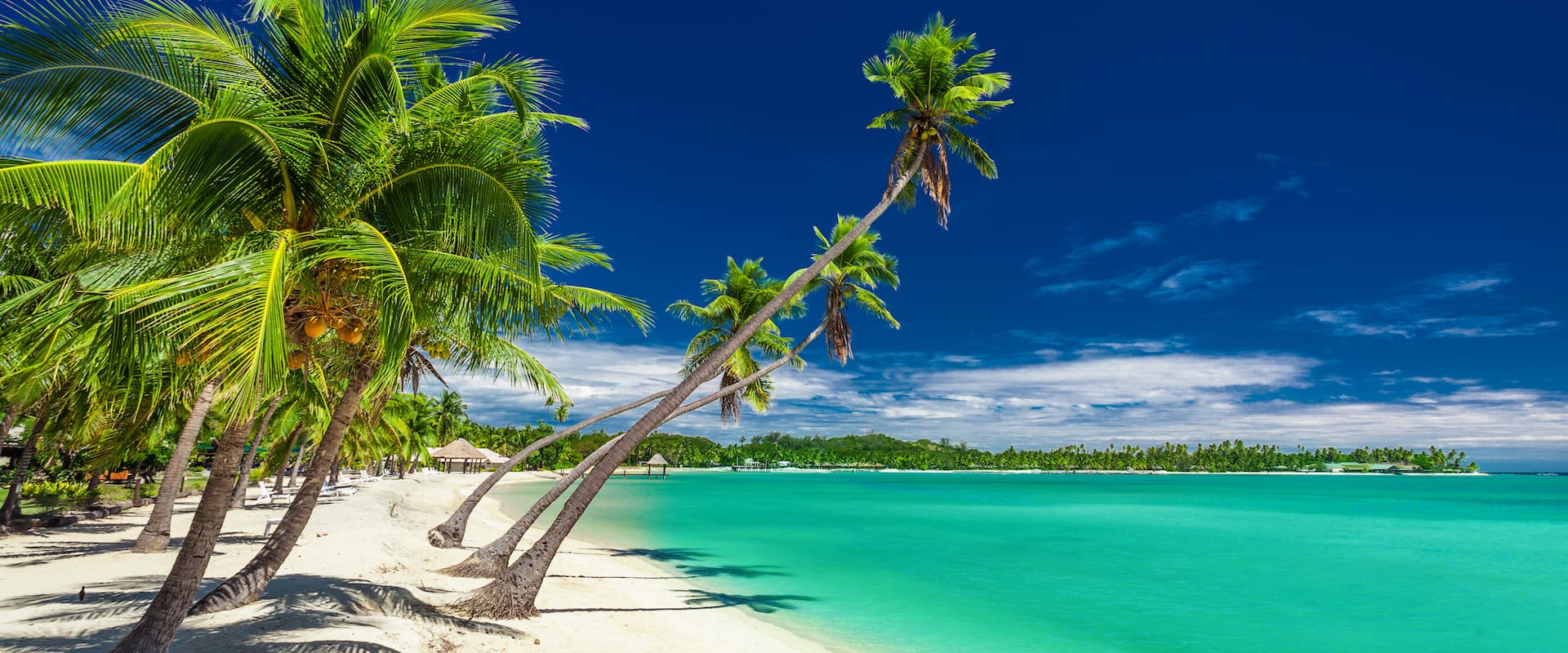Diving in Fiji
Fiji scuba diving is truly an experience to behold. The current feeding the reef here is teeming with large pelagic life and a variety of sharks, such as the tiger, bull, leopard, hammerhead, silky and whale. Turtles, mantas and eagle rays are also common. Gau and Makongi Island are liveaboard favourites.
Diving in Fiji, it is one of the big lifetime experiences for any scuba diver who enjoys a real adventure. Speak to anyone who has been diving in Fiji and they will tell you that there are few other places in the world where so much is crammed into one place. The archipelago contains over three hundred islands but only one hundred and ten are inhabited. The others are small volcanic islands with fantastic flora and fauna, which remain largely untouched. Above and below the water this is a place of spectacular natural beauty and in Fiji scuba diving is no exception.
Strong currents flow around the islands bringing nutrient rich water from the deep ocean. The current does depend on the dive spot with some areas relatively current free and others which are non-optional drift diving. These currents not only provide fuel to the islands’ magnificent reef systems but also bring a wealth of pelagic life too.
If this isn’t enough you can also enjoy balmy water, around thirty degrees, also in Fiji, scuba diving offers visibility of thirty meters and above. One of the best things about diving in Fiji however is the sensation of being in a truly remote environment surrounded by natural beauty above and below the surface.
1 Liveaboard in Fiji
Explore all liveaboards
Nai'a
Fiji-
- from $ 599 / day
- 9.5 Exceptional
- 17reviews
Diving in Fiji FAQ
What marine life can I expect to see in Fiji?
One of the reasons that scuba diving in Fiji is so spectacular is the miles of rich reefs that lie all around the archipelago. Strong currents from deep in the ocean flow over these reefs feeding the wealth of coral. This, in turn, fuels huge numbers of vibrant reef fish, napoleon wrasse feeding close to the corals, ribbon eels poking out of tiny holes in the reef, it really is a feast for the eyes for any diver lucky enough to witness Fijian reef life in action.
The current feeding the reefs is however only the first link in a chain around Fiji that brings a whole other type of life to these islands. Many people go scuba diving in Fiji just to witness the amazing sharks and pelagics that exist here in huge numbers.
Shark encounters are all but guaranteed in some areas of Fiji and not only grey, white and blacktip reef sharks but the bigger ones too. Tiger and bull sharks have been known to come heart-poundingly close to scuba divers and also colossal lemon sharks which can reach up to 3 meters long! Not only these, but there is also a chance to see the beautiful and shy leopard shark and silkies too. There is also a possibility that divers will see hammerheads and even whalesharks as well.
Mantas are the other big attraction for scuba diving in Fiji. These graceful giants can be found all over the Fiji Islands swooping over reefs, feeding in the current. There are of course also smaller pelagics around the islands with turtles and spotted eagle rays to be spotted all over Fijian reefs.
What are the best dive sites in Fiji?
Fiji dive sites are both rich and varied with so much to see you might wonder if four dives per day would be enough. For those looking to dive with sharks, Gau Island has some of the best dive sites in Fiji. There is also the fast flowing Nigali Passage brimming with life, including guest appearances by hammerhead sharks. For pelagic fish and fast current this might just be one of the best dive sites Fiji has to offer.
Nearby to the exclusive Wakaya Island, hideout of the rich and famous, there are dive spots to rival any sight to be seen on land. Blue Ridge is home to one of the most beautiful coral reefs in Fiji with white and black tipped reef sharks patrolling around. If that isn’t enough, deeper down you have a chance to see hammerhead sharks too.
Strong nutrient rich currents run through the Bligh Waters between the islands of Vanua and Viti Levu. These currents mean that the dive sites in this area are top for pelagics including hammerheads, mantas and even the occasional whale. The nutrient rich water means that there are also plenty of macro photography opportunities with a host of critters living on the huge reefs. The only thing to bear in mind however is that the currents here can be fierce and it is not really a dive spot for beginners.
There are few dive sites in Fiji which better demonstrate the importance of marine protection in the region than Namena Marine Reserve. The area is protected by patrols and fishing bans because of its ecological value on a global scale. For those scuba diving in Fiji, it holds the opportunity not only to dive with over a thousand species of invertebrates but stunning pelagics such as spinner dolphins and pilot and humpback whales.
Makongi Island is close to Vanua and Viti Levu and it is home to the best dive site in Fiji for underwater photography. E-6 offers up the opportunity to photograph stunning swimthroughs, soft corals and hammerhead sharks and schools of barracuda. There are ample opportunities for macro photography too with critters galore and huge gorgonians all over the reef.
What's the best time to dive in Fiji?
It is possible to go diving in Fiji all year round although for the best visibility the winter is a great time to go. Between April and October there can be upwards of 40 metres’ visibility although this is due to colder water temperatures around 22-26 degrees. In the summer the waters are significantly warmer, around 30 degrees plus but visibility is more variable due to plankton blooms. It should be noted though that these plankton blooms are one of the main attractions for larger pelagics such as mantas and whales.
What's the recommended experience level for diving in Fiji?
One of the best things about diving in Fiji is that there are dive sites for all levels. While current can run stronger in some areas, others are relatively easy. There will be some dive spots in Fiji where experience is needed but there are so many sites most divers will find something perfect for their level.
How do I get to Fiji?
Flights to the island of Nadi from the main international airports in Australia are the main way to get into Fiji although there are some boat connections from there too. Getting between islands is relatively easy and by ferry it is fairly economical too. There are also some helicopter and small airplane transfers too. Numerous Fiji liveaboards operate dive itineraries throughout Fiji, which will usually visit the key dive sites and areas.
1 Liveaboard in Fiji
Explore all liveaboards
Nai'a
Fiji-
- from $ 599 / day
- 9.5 Exceptional
- 17reviews











